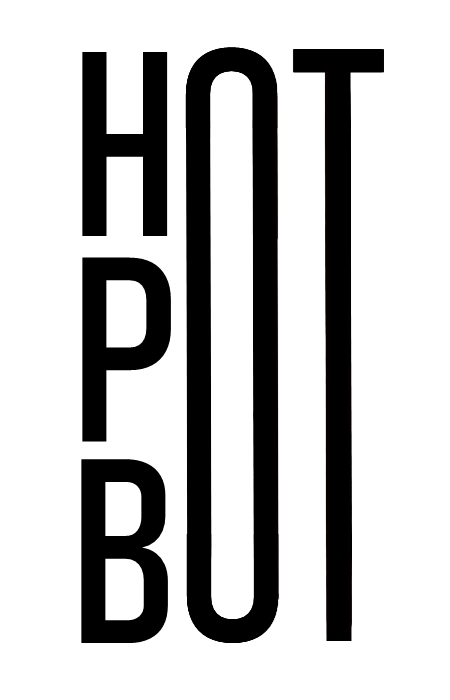In the last week, I added the ability for our computer vision algorithm to track an individual ingredient’s movement across frames and recognize the location where it disappears from tracking. For our minimum viable product, the algorithm is able to track three different items simultaneously. I also set up CUDA on the Jetson Nano, which required a considerable amount of time to rebuild a different version of OpenCV from source. This should allow us to speed up our processing by up to 30x, according to OpenCV’s page. The speed will be important, because the Nano is not only tasked with identifying and tracking ingredients, but also giving commands to the Arduinos and controlling the UI. I also used the laser cutters at Tech Spark to fabricate the first two plywood prototypes of the control tower that Shane designed. During this process I discovered that one out of two of the Rabbit laser cutters and most of the Epilog laser cutters had alignment or focusing problems that prevented the laser from cutting with full strength, resulting in a few ruined sheets of material and lots of time waiting for repeated passes. This was frustrating, however we now know which laser cutter to use to fabricate our final product, which will streamline the process later.
The last of the tasks pertaining to computer vision are done now, but there is still a lot of integration to be done between the Jetson and the peripherals. I’m feeling a little rushed to finish with putting the CV algorithm into the middle of the rest of the tasks that the Jetson needs to run.
